1. Price range of gait analysis system
(I) Equipment purchase price
Basic equipment: The market price is about tens of thousands of yuan (such as entry-level models suitable for small and medium-sized clinics), and the functions focus on basic pressure detection and gait parameter analysis.
High-end equipment: Professional-level systems (such as medical-grade dynamic analyzers) can cost hundreds of thousands of yuan, supporting high-precision sensors, real-time three-dimensional gait modeling and multimodal data fusion.
Brand differences: International brands (such as Tekscan in the United States) are generally more expensive than domestic equipment due to their high technological maturity.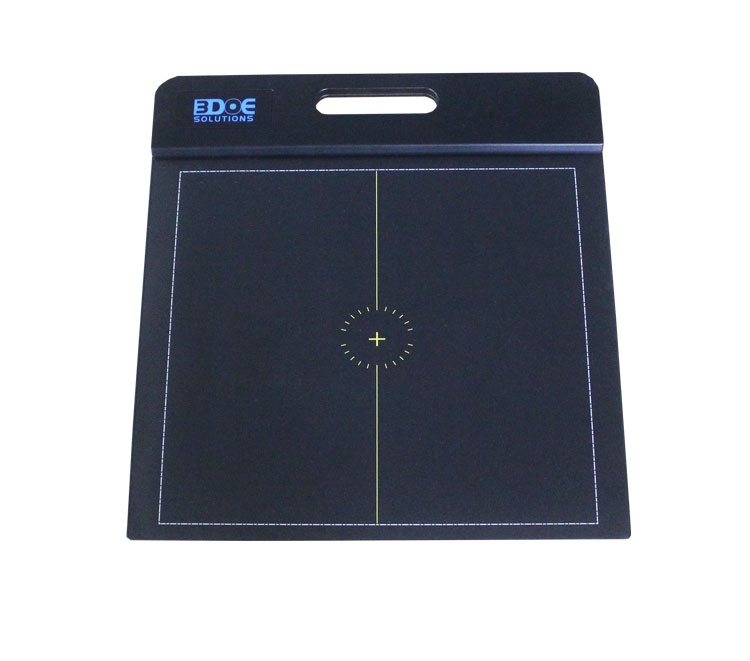
(II) Single examination fee
Conventional gait analysis: The price range is 200-1000 yuan, depending on the complexity of the test item. For example:
Simple static foot pressure test: about 200-400 yuan;
Dynamic gait tracking (including 3D modeling): about 600-1000 yuan.
Hospital grade impact: Tertiary hospitals charge 10% higher than secondary hospitals, and primary medical institutions may reduce 5%-10%.
2. The core significance of measuring plantar pressure
(I) Clinical diagnosis and rehabilitation management
Identify foot abnormalities: Quantify and analyze abnormal plantar pressure distribution of diseases such as flat feet, high arches, and diabetic foot to assist in accurate diagnosis.
Gait problem screening: Detect gait asymmetry such as pigeon-toed and ankle sprain sequelae, and provide objective data to replace subjective observation.
Rehabilitation effect evaluation: Dynamically optimize treatment plans by comparing foot pressure data before and after intervention (such as orthosis adaptability).
(II) Prevention of chronic diseases and injuries
Reduce the risk of foot injuries: Identify pressure peak areas to prevent chronic injuries such as diabetic foot ulcers and plantar fasciitis.
Sports injury prevention and control: Analyze abnormal load distribution when athletes run and jump, and guide the adjustment of technical movements to protect knee and ankle joints.
(III) Scientific research and health optimization
Biomechanical research: Explore the relationship between foot pressure distribution and spinal force chain and whole body posture, and support the construction of sports biomechanical models.
Personalized health guidance: Customize orthotic insoles or exercise plans based on foot pressure data to improve sports performance and daily comfort.

 +86-0755-86131192
+86-0755-86131192 2025-03-24
2025-03-24 Back to list
Back to list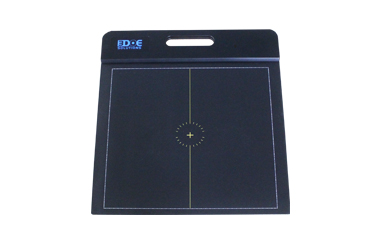
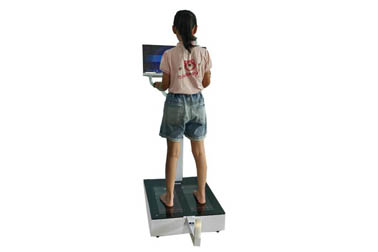
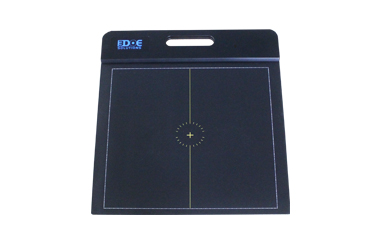
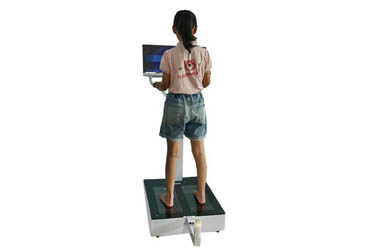
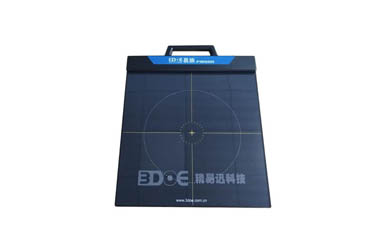
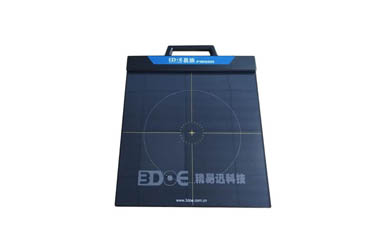



 +86-0755-86131192
+86-0755-86131192